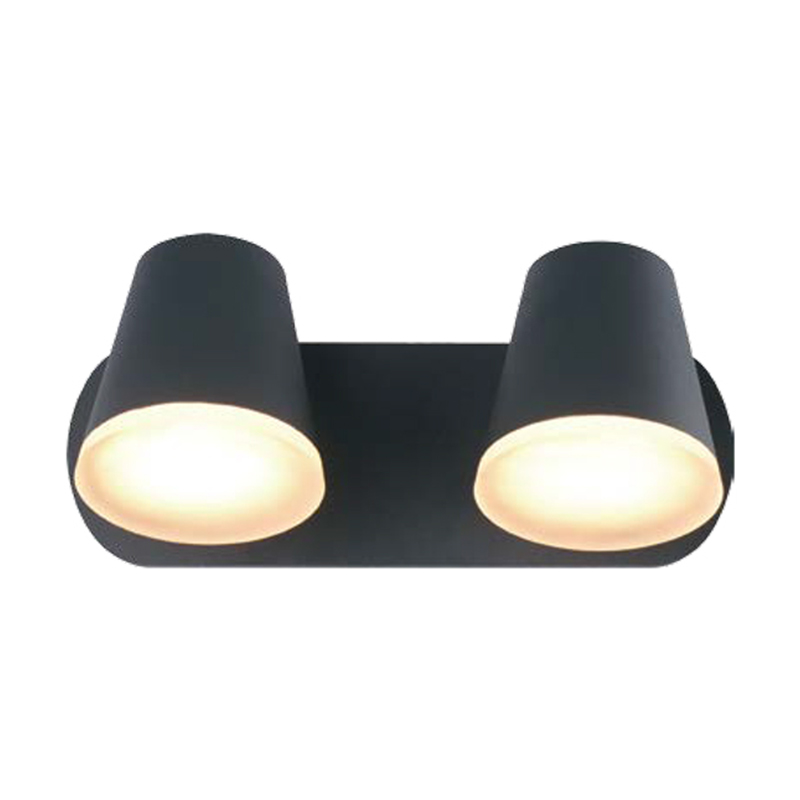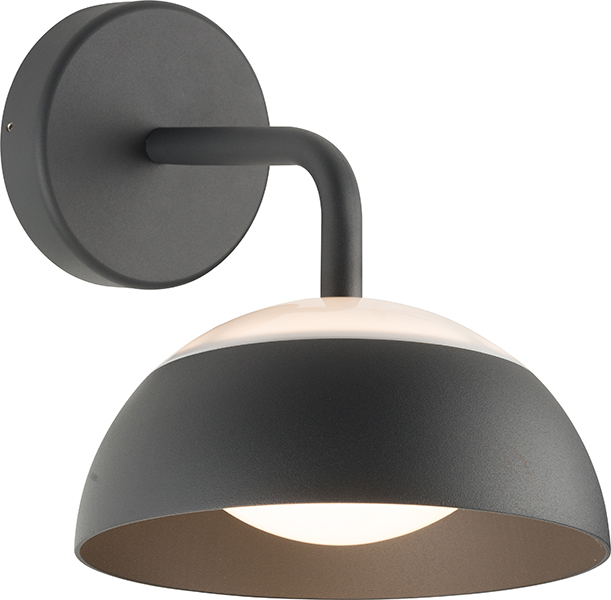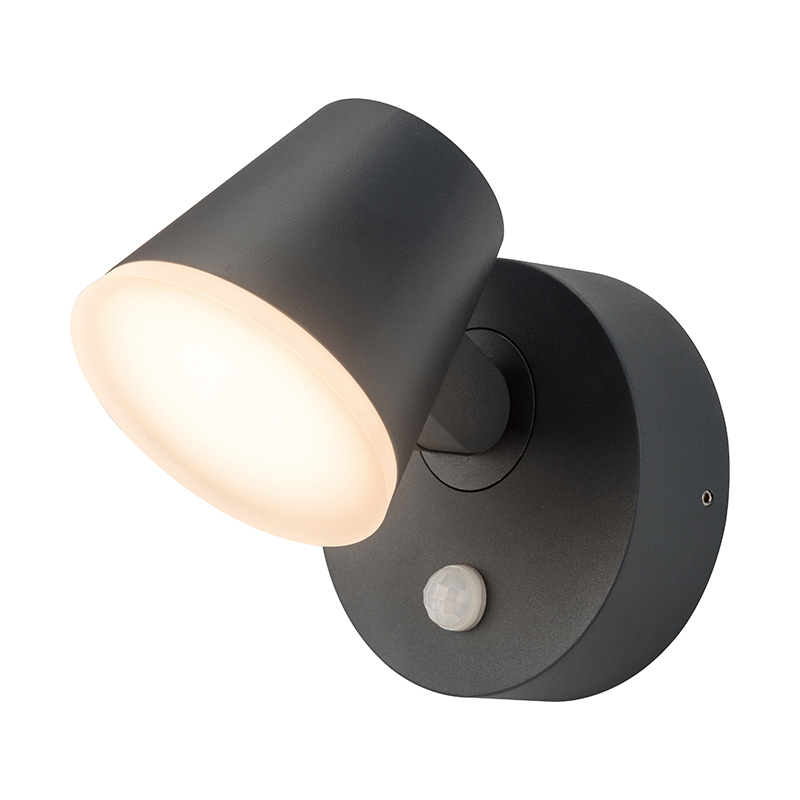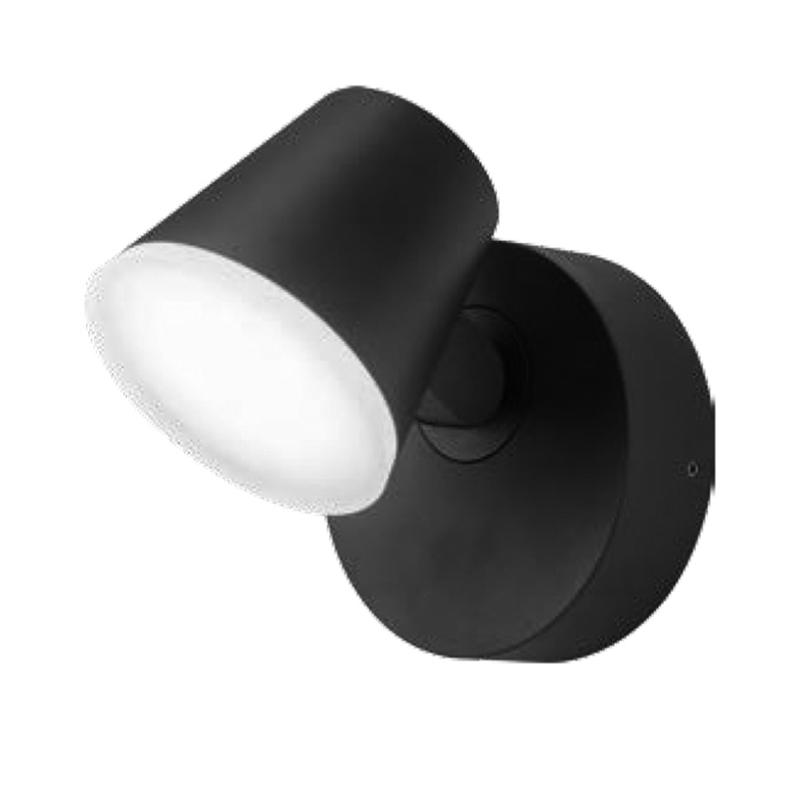
How Does the High Efficiency of LED Outdoor Wall Lights Benefit Energy Saving?
LED outdoor wall lights are increasingly becoming the preferred choice for homeowners and businesses alike, thanks to their outstanding energy efficiency. This energy-saving characteristic is one of the main reasons why LED lights are taking over traditional lighting solutions, particularly in modern home decoration and outdoor lighting applications. By understanding how the high efficiency of LED outdoor wall lights translates into energy savings, we can better appreciate their advantages over conventional lighting options.
One of the key aspects of LED technology is its ability to consume significantly less energy compared to traditional incandescent or halogen bulbs. While a standard incandescent bulb may use up to 100 watts of energy to produce a certain amount of light, an LED outdoor wall light can provide the same level of brightness using only 20 watts or less. This results in an energy consumption reduction of up to 80%, leading to a significant decrease in electricity bills. The lower power consumption is particularly beneficial for outdoor spaces that require continuous or long-term lighting, such as gardens, pathways, or building exteriors. Over time, these savings can add up, making LEDs a cost-effective option for both residential and commercial users.
Another crucial factor contributing to the energy-saving nature of LED lights is their remarkable efficiency in converting electrical energy into light. Traditional bulbs often waste a large portion of energy in the form of heat. In fact, incandescent and halogen bulbs can lose as much as 90% of their energy to heat, which not only wastes electricity but can also result in higher cooling costs for the surrounding area. In contrast, LED lights are designed to minimize heat production, converting a higher percentage of electricity into visible light. This means that LED outdoor wall lights provide more light output per watt of energy consumed. They not only reduce energy consumption but also deliver brighter illumination with less electricity, making them ideal for areas that need consistent, high-quality lighting without the energy costs associated with traditional lighting.
In addition to reducing energy consumption, LED outdoor wall lights also help in decreasing a household or business's carbon footprint. Because they use less electricity, there is a reduced demand on the power grid, meaning less energy needs to be generated, often from fossil fuels. This results in fewer carbon emissions, contributing to a greener, more sustainable environment. For users who are environmentally conscious or those aiming to make their homes more eco-friendly, choosing energy-efficient LED lighting is a proactive way to reduce their overall environmental impact. In fact, LEDs have been recognized as one of the most effective technologies for sustainable lighting solutions, helping to mitigate the effects of climate change by lowering energy consumption and carbon emissions.
The longevity of LED lights further enhances their energy-saving benefits. Traditional bulbs tend to burn out quickly, requiring frequent replacements, which can be both costly and wasteful. In contrast, LED outdoor wall lights are built to last much longer—often up to 25,000 hours or more. This extended lifespan means that homeowners or businesses do not need to replace the lights as often, reducing the overall consumption of resources and minimizing waste. Not only does this save on the cost of replacing bulbs, but it also means fewer materials end up in landfills, supporting a more sustainable approach to lighting. LEDs' durability means that they are less likely to break or degrade over time, maintaining consistent light output and performance throughout their lifespan.
The efficient design of LED lights also plays a role in their energy-saving capabilities. Unlike incandescent and fluorescent lights, which often emit light in all directions, LED outdoor wall lights are typically designed to direct light where it’s most needed. This focused beam reduces light spill, ensuring that energy is used precisely where it’s required, whether illuminating a pathway, garden, or building façade. This precise light distribution not only enhances the overall lighting quality but also prevents energy wastage, ensuring that every watt of electricity used is effectively converted into visible light. This targeted approach is especially beneficial in outdoor environments where lighting needs to be directed to specific areas, such as doorways or walkways, while avoiding unnecessary illumination of surrounding spaces.
Product Category
News Category
- Detailed information
 Emily: emily@cn-hangjia.com
+86-158 8806 3776
Emily: emily@cn-hangjia.com
+86-158 8806 3776 Fanny: fanny@cn-hangjia.com
+86-134 8422 9778
Fanny: fanny@cn-hangjia.com
+86-134 8422 9778 Tina
: tina@cn-hangjia.com
+86-159 5829 3091
Tina
: tina@cn-hangjia.com
+86-159 5829 3091 Address : East Industrial Park Linshan Town Yuyao City Zhejiang Province
Address : East Industrial Park Linshan Town Yuyao City Zhejiang Province

 English
English 中文简体
中文简体







